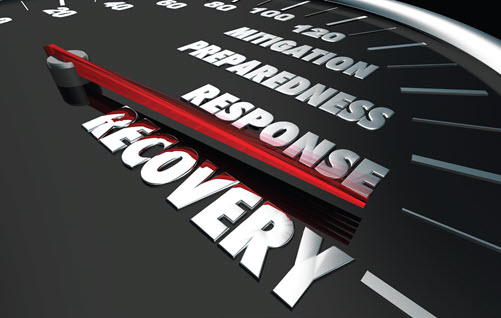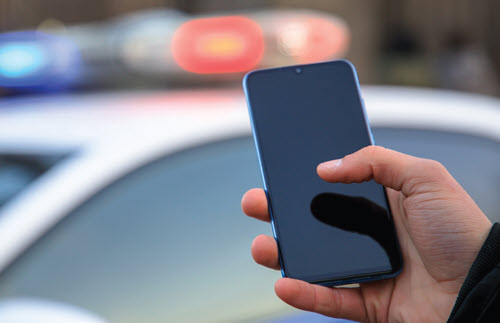Be Ready to Deploy Psychological First Aid
Focus on connection, first and foremost. Survivors of a gun violence incident will need immediate and perhaps long-term support while processing their experience and trauma. Knowing how to access or even deploy psychological first aid is key to helping residents, staff, and anyone else affected. Here are some areas to focus upon if your organization is incorporating comprehensive responses to gun violence, including providing or connecting folks with psychological first aid. Understand the Tool Psychological first aid is an evidence-informed approach to helping survivors of disasters and catastrophes in the immediate aftermath of those experiences, explained Nicole Lurie, former assistant secretary for preparedness and response at the U.S. Department of Health and Human Services in the federal multiagency document “Incorporating Active Shooter Incident Planning into Health Care Facility Emergency Operations Plans.” Psychological first aid is designed to be deployed by mental health professionals, as well as disaster response workers, but the basic tenet — aim to foster and connect in a humane, nonintrusive, compassionate manner — can be employed by anyone. The federal agency document says the other aims of psychological first aid include: Make Response a Community Effort If you want people within your organization to be able to provide this kind of connection and resources, potentially after also experiencing their own trauma, you really need to bank on training; psychological first aid is generally used by responders, not necessarily survivors. An alternative may be to work with other organizations in the area or region by training some staff at each facility, with the understanding that workers from facilities that aren’t directly affected by a catastrophic scenario can show up and help where and when need arises. There are several training options, including in-person and online training and resources designed for both responders and survivors available through the NCTSN (National Child Traumatic Stress Network). (HHS recommends this organization as a resource for health care facilities looking to incorporate preparations for gun violence into their other emergency preparedness plans.) Resources: Find the training materials at https://learn.nctsn.org/course/index.php?categoryid=11 and a guidebook with in-depth information at www.nctsn.org/ resources/psychological-first-aid-pfa-field-operations-guide-2nd-edition.


